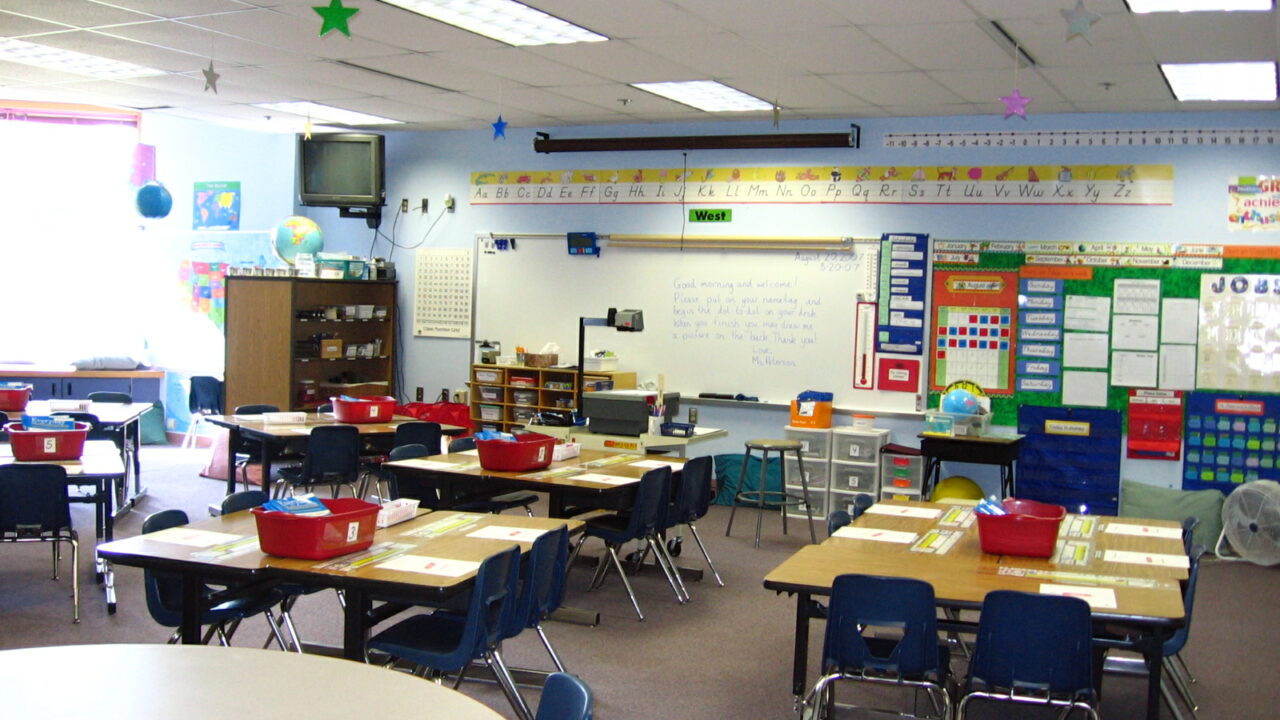It has been announced today (Thursday, December 10) that 679 schools will be connected to high-speed broadband by the end of 2022, in an acceleration of the National Broadband Plan (NBP).
Under the originally-planned rollout, some schools were expecting to wait up to seven years for connection. Now, according to the government and National Broadband Ireland (NBI), “all schools will be connected within two years”.
BCPs, delivered under the NBP, will “ensure that primary school pupils in rural Ireland will be able to participate fully in the digital revolution that is taking place”.
Some 50,000 children in 679 primary schools will be connected with high-speed broadband by the end of 2022.
Taoiseach Micheál Martin said that it is “an investment in education, technology and rural Ireland”.
It is aimed to have the majority of schools in the Schools Broadband Programme provided with high-speed connectivity by 2023, including those in the NBP intervention area to be connected by the end of 2022.
Angus Schools Competition in 2020
In other news, the application process for the next instalment of the Certified Irish Angus Schools Competition has closed, with organisers reporting an “overwhelming response” from secondary schools across the country.
“However, the 2020 numbers are by far the biggest increase we have ever seen,” Charles Smith, general manager of Certified Irish Angus, said.
“While other school activities may be cancelled this year, our competition provides [an] opportunity for young people to enjoy spending time outdoors.”
He added that there is not only a significant rise in applications, but also “widespread interest from rural and urban secondary schools nationwide”.
“The standard of applications continues to improve each year with students presenting fantastic leadership skills, forward-thinking and innovative strategies.”
